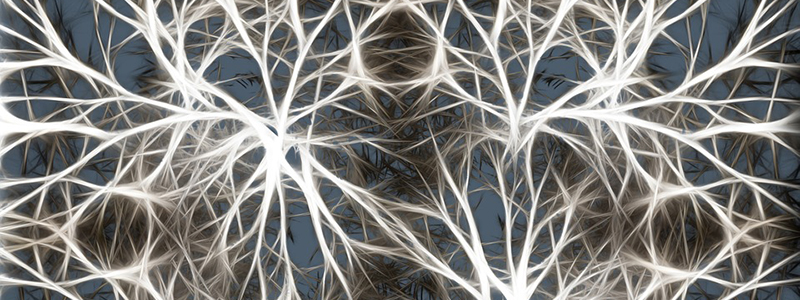An international collaboration has identified alterations in the calpain-1 gene, which codes for calpain 1 protein, in 5 patients with progressive ataxia from 4 families affected by cerebellar ataxia. This study highlights the role of calpain 1 protein in ataxia, and demonstrates its neuroprotective activity and its key role in brain development and synaptic plasticity.
Some forms of ataxia, a pathology characterised by movement coordination disorders, are caused by genetic mutations. Michel Baudry’s team at the Western University of Health Science Pomona, CA, USA, in collaboration with Alexis Brice’s team at the Institut du Cerveau – ICM and that of Henry Houlden at the UCL, Institute of Neurology in London, has led a study of the genome of 5 patients with cerebellar ataxia. Researchers have highlighted alterations in calpain-1 gene (CAPN-1), which encodes for a protein present throughout the body, calpain 1.
To understand the characteristics of this form of ataxia, researchers have studied mice that do not express CAPN-1 gene, and therefore lack calpain 1 protein. These mice show a mild form of ataxia with abnormal development of the cerebellum caused by an increase in the death of nerve cells during the post-natal period. This excessive neuronal death is in fact related to the increase of another protein, phosphatase PHLPP1, usually degraded by calpain 1.
Researchers also observe a 10% decrease in certain cells of the cerebellum, granule cells, and a nerve signal transmission alteration. They point out that synaptic connections between granule cells and other cells of the cerebellum, Purkinje cells, develop abnormally and are immature. There is thus a change in the development of the cerebellum, which impairs nerve signal transmission and results in a progressive development of cerebellar ataxia.
These results confirm that calpain 1 protein is neuroprotective and plays a key role in brain development and synaptic plasticity. It is also involved in learning and memory processes.
In addition, another form of calpain, calpain 2, is involved in neurodegenerative processes. Calpain inhibitors have thus been previously proposed to treat neurodegenerative diseases, but these inhibit both calpain 1 and calpain 2. A specific activator of calpain 1, or a specific inhibitor of calpain 2, could therefore open very promising leads for the treatment of neurodegenerative diseases.
Reference : Defects in the CAPN1gene result in alterations in cerebellar development and in cerebellar ataxia in mice and humans. Cell Reports. Yubin Wang, Joshua Hersheson, Dulce Lopez, Monia Ben Hamad, Yan Liu, Ka-Hung Lee, Vanessa Pinto, Jeff Seinfeld, Sarah Wiethoff, Jiandong Sun, RimAmouri, Faycal Hentati, Neema Baudry, Jennifer Tran, Andrew B Singleton, Marie Coutelier, Alexis Brice, Giovanni Stevanin, Alexandra Durr, Xiaoning Bi, Henry Houlden and Michel Baudry.







